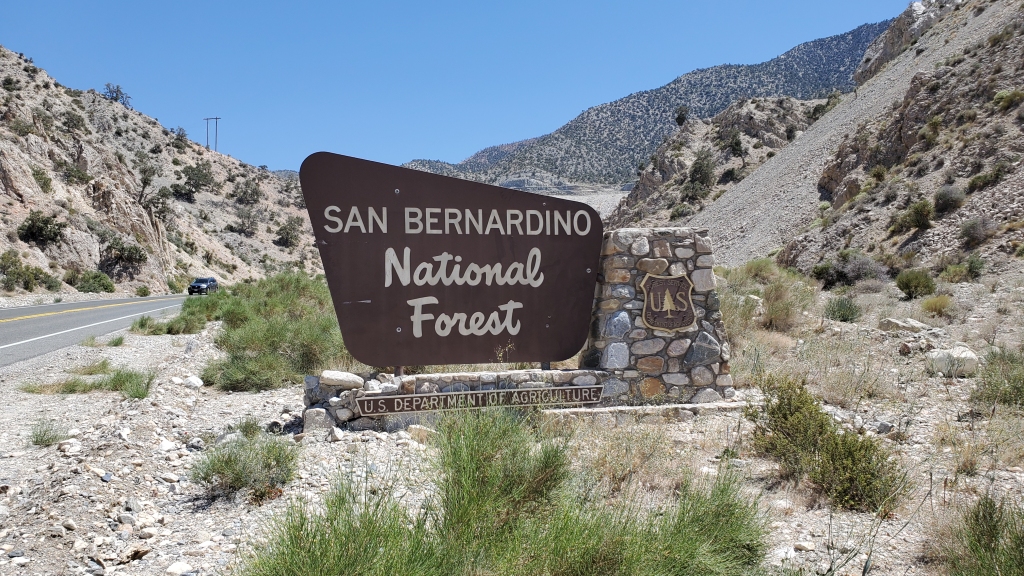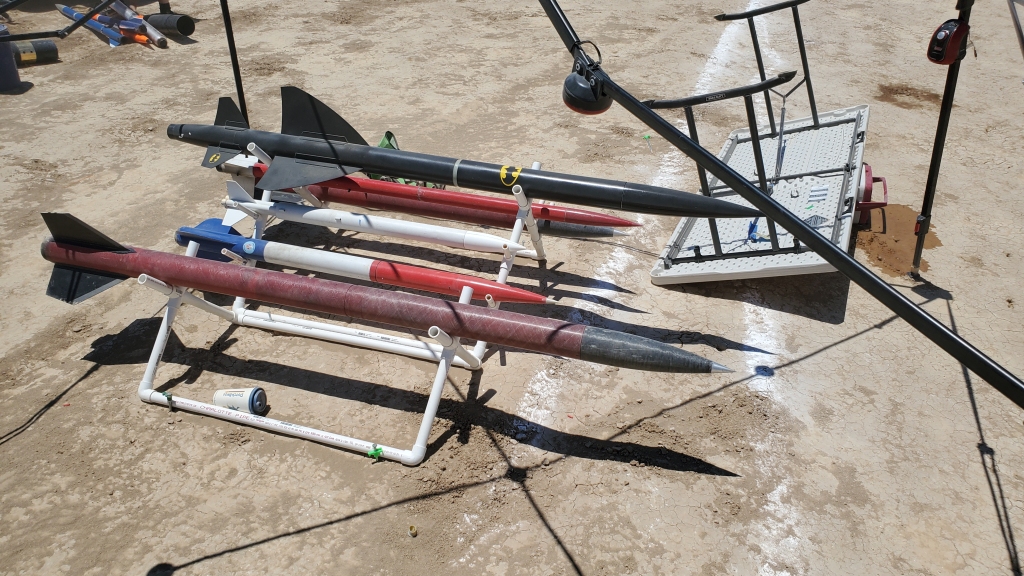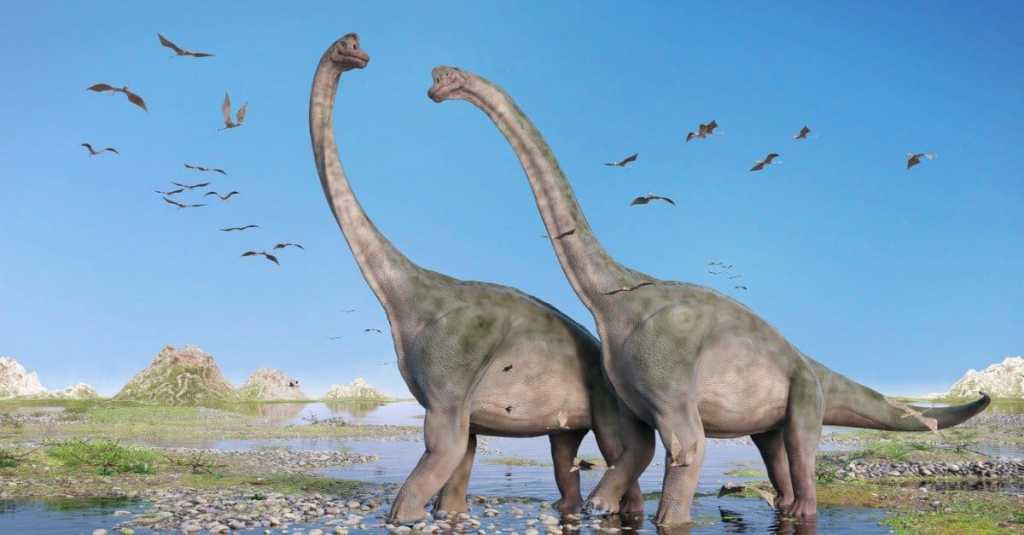Once upon a time, in a small town, there lived a little girl named Mae. She possessed a contagious enthusiasm for life and an unwavering belief that dreams could come true. From the tender age of three, she would gaze at the night sky, mesmerized by the twinkling stars, and dream of one day becoming an astronaut.
Mae’s room was adorned with posters of the moon and the planets. As she grew older, she devoured books on space exploration, memorizing every detail about rockets, astronauts, and other planets. Determined to make her dreams a reality, by age twelve, she spent hours building model rockets and imagining herself soaring through the vastness of space.
One sunny morning, as Mae stepped into her front yard as she left for school, she caught sight of something extraordinary. It was a towering rocket far off in the distance, majestic and gleaming, preparing for its next journey to the moon. She knew that a new spaceport had been under construction near her hometown, but she didn’t realized it was already finished and was ready to launch rockets. With her heart pounding, Mae knew that this was her chance to turn her childhood dreams into a tangible adventure.
As she sat through one class after another in school, she paid little attention to what was being said – but her mind wasn’t drifting aimlessly. Mae hatched a daring plan. Once she was back home, she rummaged through her closet and meticulously packed the essentials. She grabbed a backpack, filled to the brim with provisions fit for an explorer.
As the sun began to set, Mae snuck out of her room through the window, leaving a briefly scribbled note behind for her parents – who would no doubt be puzzled at the disappearance of their daughter – and stealthily made her way towards the rocket launch site. Hours passed in a blur as she navigated through the labyrinthine corridors of the spaceport. Though she had never set foot inside, she had studied the spaceport plans and maps ever since its construction was first announced and the plans were made public two years ago. She knew exactly where to go. Each footstep echoed the rhythm of her pulsating heart, filling her with both exhilaration and a touch of trepidation.
Finally, she found herself standing in front of the colossal rocket. Sweat trickled down her forehead as she scanned the area for any sign of security. Taking a deep breath, Mae seized the perfect moment of opportunity, expertly slipping inside the belly of the mighty spacecraft.
She was not seen.
Time seemed to stand still as the rocket roared to life, propelling Mae into the unknown. She clung onto her backpack, her anticipation building with every second that ticked away. The vibrations of the launch rattled her core, and as she soared through the atmosphere, she closed her eyes, dreaming of what awaited her on the moon.
Several days passed, which felt like an eternity – but Mae remained patiently hidden as a stowaway. She had brought enough food and water for a few days, although she hadn’t thought beyond that. Her hiding spot was not cramped, either: in the cargo storage space, she at least had enough room to walk around, pacing back and forth while considering her situation. Mae had no idea how many others were on board, but she knew her own presence would not be welcome, once discovered.
Her heart fluttered with anticipation as she felt deceleration; the rocket was preparing to land on the lunar surface. Mae braced herself. The descent was tolerable, though a bit rougher than she expected. Finally, there was a jarring landing, and then everything was still. Mae listened carefully and heard the door of the spacecraft open, and waited while she heard footsteps of others leaving the spacecraft. She waited a bit longer and then stepped out, feeling the crunch of moon dust beneath her tiny boots.
But when Mae looked up, her eyes widened in awe-struck wonder. Instead of the barren, desolate moon she had imagined, she found herself standing in a breathtaking lunar landscape that defied all expectations.
She had expected a silent, lifeless world, but instead, she discovered a bustling lunar oasis—a hidden gem in the vast expanse of the cosmos. Mae’s plan had worked, and yet it had exceeded even her wildest imaginings.
She glanced upwards, back at Earth, a tiny blue dot in the distance. Mae smiled to herself. Her journey had just begun.
“Hey,” she heard someone yell in the distance. “Who –“










